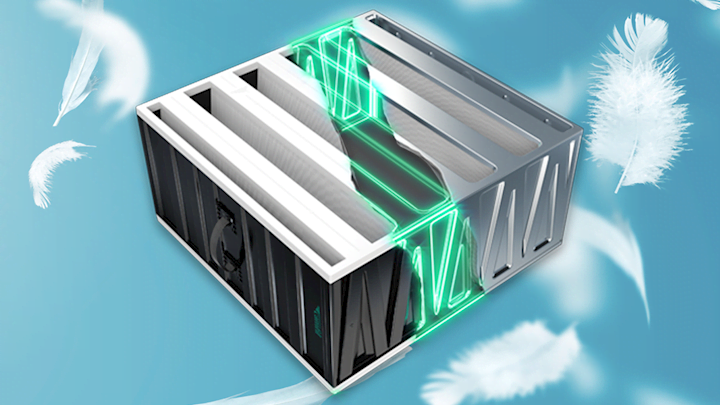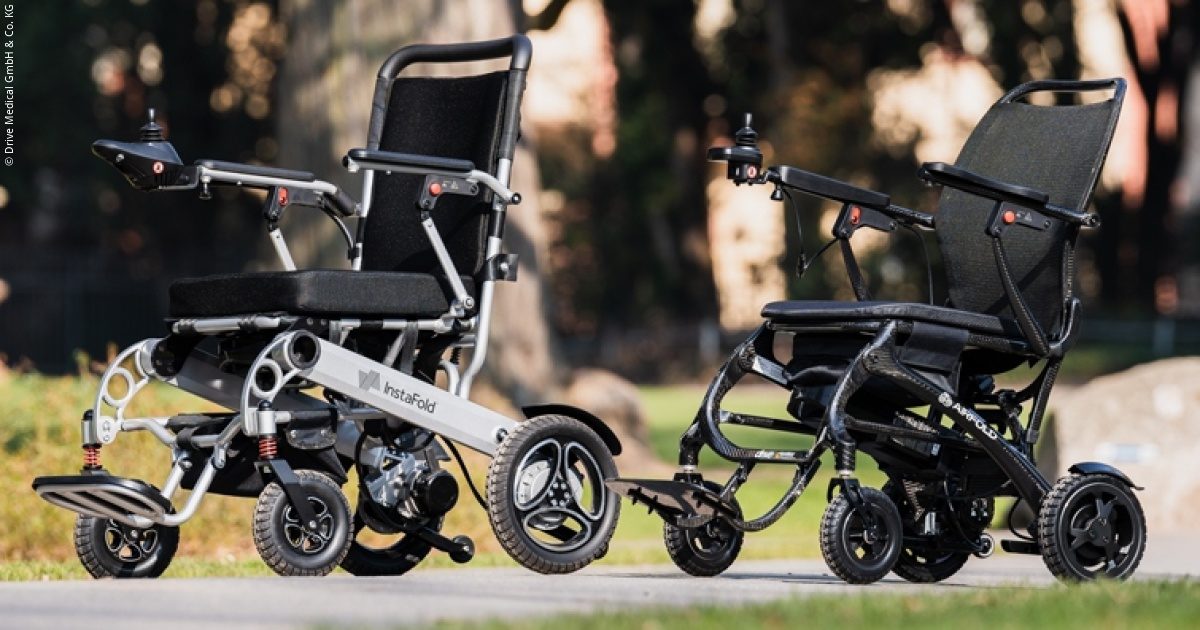Camfil HEPA Filters: The Unsung Heroes of Clean Air

In today’s world, where air quality is increasingly critical to health, safety, and productivity, High-Efficiency Particulate Air (HEPA) filters stand as vital components in maintaining controlled environments. Among the leaders in this field is Camfil, a global air filtration company with a rich history of innovation and excellence. Camfil HEPA filters are trusted across industries, from healthcare to pharmaceuticals, food and beverage to microelectronics, ensuring clean air in the most demanding settings. This blog explores the technology, applications, standards, and benefits of Camfil HEPA filters, shedding light on why they are indispensable in modern air filtration systems.
Related: Your Friendly Guide to Spotting and Fixing Water Leaks
What Are HEPA Filters?
HEPA filters are mechanical air filters designed to remove at least 99.97% of particles as small as 0.3 microns from the air passing through them. These particles include dust, pollen, mold spores, bacteria, viruses, and other airborne contaminants. The term "HEPA" stands for High-Efficiency Particulate Air, reflecting their ability to capture microscopic particles with exceptional efficiency.
Camfil’s HEPA filters, in particular, are engineered to meet and exceed industry standards, such as EN 1822 and ISO 29463, ensuring reliable performance in critical applications. Their filters are tested rigorously to guarantee compliance with the Institute of Environmental Sciences and Technology (IEST) Recommended Practice for Testing HEPA Filters (RP-CC034). This commitment to quality makes Camfil a preferred choice for industries where air purity is non-negotiable.
The History of Camfil HEPA Filters
The origins of HEPA filters trace back to the 1940s, during World War II, when they were developed to capture radioactive particles associated with the Manhattan Project. Initially called "Absolute filters," they aimed to achieve near-total efficiency in removing contaminants from the air. After the war, the technology was commercialized, and Camfil’s predecessor acquired the rights to these filters. By the 1960s, with the rise of the semiconductor industry, HEPA filters found new commercial applications, paving the way for their widespread use in cleanrooms.
Camfil has since refined this technology, introducing innovations like the Megalam EnerGuard, launched in 2019. This filter reduces installation damage risks from 5–30% to as low as 1%, thanks to its robust construction, offering longer service life and reduced cleanroom downtime. Camfil’s dedication to advancing HEPA technology has solidified its position as a leader in air filtration.
How Camfil HEPA Filters Work
Camfil HEPA filters operate by forcing air through a fine mesh of microfine glass fibers, often separated by corrugated aluminum or thermoplastic resin. This structure traps particles through three primary mechanisms:
-
Interception: Particles following the airstream come into contact with filter fibers and are captured.
-
Impaction: Larger particles collide with fibers due to their inertia and are trapped.
-
Diffusion: Smaller particles, affected by Brownian motion, collide with fibers and are retained.
The filter’s efficiency is highest at the most penetrating particle size (MPPS), typically around 0.12–0.3 microns, where Camfil HEPA filters achieve efficiencies up to 99.9995%. The filters are designed to maintain low pressure drops, ensuring energy efficiency while delivering ultra-clean air.
Key Applications of Camfil HEPA Filters
Camfil HEPA filters are used in a wide range of industries where air quality is critical. Below are five key applications highlighted by Camfil’s Senior Clean Process Product Manager, Benjamin Ruehl.
1. Healthcare Facilities
In hospitals, clinics, and surgical theaters, Camfil HEPA filters are essential for controlling airborne pathogens, such as bacteria and viruses, to prevent hospital-acquired infections. They are integrated into ventilation systems in critical care units and isolation wards, ensuring clean air in both supply and negative pressure environments. In hospital pharmacies, HEPA filters protect pharmacists and drugs during the formulation of oncology medicines or radioactive treatments like iodine-131, used for thyroid cancer.
2. Pharmaceutical Manufacturing
Pharmaceutical production requires ultra-clean environments to prevent contamination of drugs. Camfil HEPA filters, often installed in cleanrooms, achieve cleanliness levels as low as one particle per cubic foot of air. They comply with stringent Good Manufacturing Practice (GMP) requirements, ensuring product integrity and patient safety.
3. Food and Beverage Industry
In food processing, Camfil HEPA filters maintain hygiene standards by removing airborne contaminants that could compromise product safety. These filters are tested for microbial inertness (ISO 846) and food safety (EC 1935:2004), making them ideal for upholding regulatory compliance and protecting consumers.
4. Microelectronics and Semiconductor Manufacturing
The semiconductor industry demands extreme cleanliness to prevent defects in microchips. Camfil HEPA filters, with efficiencies up to 99.99995% at 0.12 microns, create ultra-clean spaces for manufacturing processes, ensuring high yields and product reliability.
5. Laboratories and Research Facilities
In research labs, even minor contamination can skew results. Camfil HEPA filters provide controlled environments for genetic research, pharmaceutical development, and other sensitive experiments, ensuring accuracy and reproducibility.
Camfil’s HEPA Filter Innovations
Camfil has introduced several cutting-edge HEPA filter products tailored to specific needs:
-
Megalam EnerGuard: A robust HEPA filter with extended service life, reducing installation errors and cleanroom downtime.
-
Absolute V-Bank Style HEPA: Designed for high airflow capacity and energy savings, ideal for built-up bank systems.
-
Termikfil: A high-temperature HEPA filter for processes up to 750°F, used in hot zone applications.
-
Slimline DCM: A compact, lightweight ducted filter module for medical suites and clean processes, with efficiencies up to 99.9995%.
-
Pharmaseal and Cleanseal: Terminal HEPA housings for pharmaceutical cleanrooms, offering low noise and energy efficiency.
These products demonstrate Camfil’s ability to address diverse challenges while maintaining high performance and sustainability.
Standards and Testing
Camfil HEPA filters are rigorously tested to meet international standards, including:
-
EN 1822: Defines HEPA and ULPA filter classifications (H13, H14, U17).
-
ISO 29463: Specifies testing methods for HEPA and ULPA filters.
-
IEST RP-CC034: Outlines recommended practices for HEPA filter testing.
Each filter is individually tested and certified, with serialized labels and scan test protocols for traceability. For critical applications, Camfil recommends replacing filters when the pressure drop doubles (typically 250 Pa to 500 Pa) or after 5–10 years, depending on the environment.
Related: How to Choose the Right Swimming Pool Filtration System & Where to Buy It
Benefits of Camfil HEPA Filters
Camfil HEPA filters offer numerous advantages:
-
Superior Air Quality: Capture 99.97% to 99.9995% of particles, ensuring ultra-clean air.
-
Energy Efficiency: Low pressure drop designs reduce energy consumption.
-
Long Service Life: Robust construction extends filter life, reducing replacement costs.
-
Sustainability: Filters like Sofilair and Megalam Green use plastic frames for eco-friendly disposal.
-
Compliance: Meet stringent industry standards, ensuring regulatory adherence.
-
Versatility: Suitable for diverse applications, from cleanrooms to operating theaters.
Challenges and Considerations
While Camfil HEPA filters are highly effective, there are challenges to consider:
-
Initial Cost: HEPA filters are more expensive than standard filters, though their long-term benefits offset this.
-
Maintenance: Regular monitoring of pressure drops is needed to determine replacement timing.
-
Misuse of Term "HEPA": Some consumer products falsely claim HEPA status, lacking the required 99.97% efficiency at 0.3 microns. Camfil emphasizes the importance of certified filters for critical applications.
The Future of Camfil HEPA Filters
As industries evolve, Camfil continues to innovate. The company is exploring IoT-enabled air quality monitoring, like the AirImage-COR system, to optimize filter performance. Additionally, Camfil’s focus on sustainability aligns with global demands for energy-efficient and eco-friendly solutions. With advancements in filter media and housing designs, Camfil is poised to remain a leader in clean air technology.
Conclusion
Camfil HEPA filters are the real MVPs of clean air. They keep hospitals safe, drugs pure, food clean, and tech flawless. With decades of know-how, top-notch testing, and a knack for innovation, Camfil’s filters are built to make the world a healthier, cleaner place. Whether you’re running a cleanroom or just curious about air quality, Camfil’s got the tools to make sure the air you breathe is nothing short of pristine.
Want to learn more? Check out Camfil’s website or their Insights page for the latest on clean air tech.
ADVERTISEMENT





